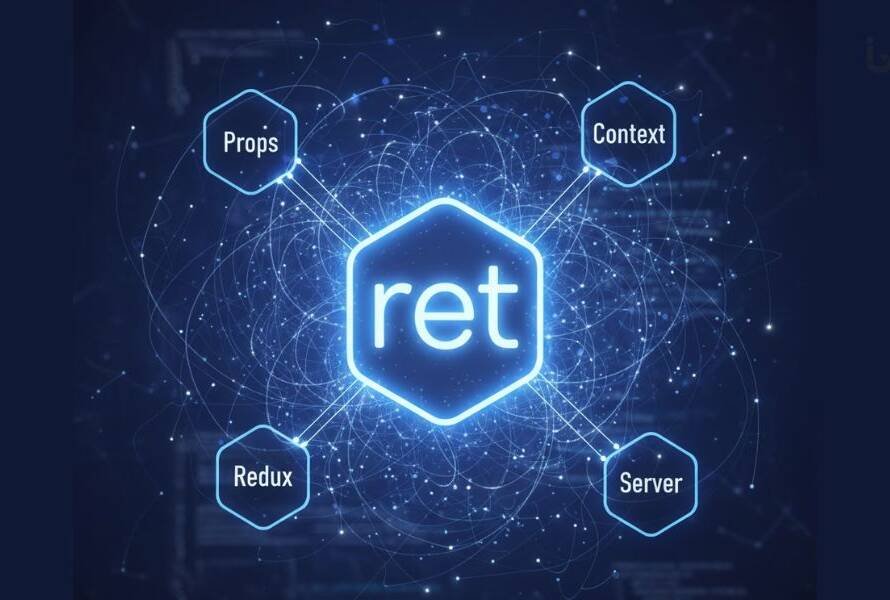In a digital-first world, a community-focused website is far more than an online brochure. It’s a living space for connection, storytelling, and collective impact. The most successful organizations understand that the real power of their website lies in how it tells stories that resonate with people — not just about what the organization does, but about who it impacts.
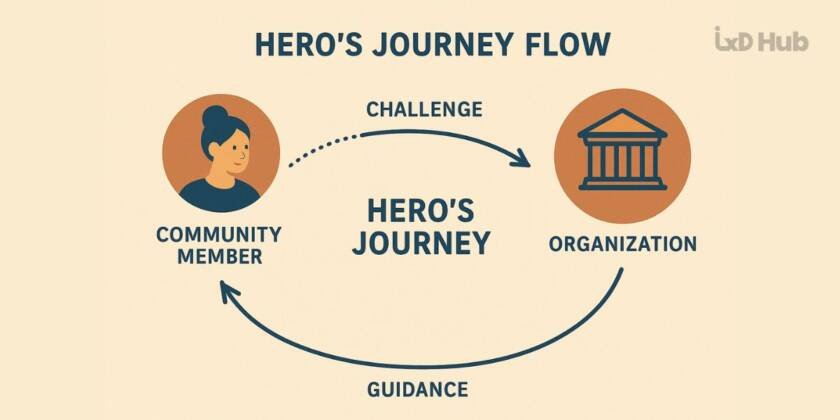
At IxD Hub, we’ve worked with nonprofits, NGOs, social enterprises, and purpose-driven brands across the globe. Our experience shows that the most effective websites prioritize human emotion, authentic visuals, strong narratives, and seamless technology — all built around one goal: amplifying impact stories that matter.
Here’s how to design and build a community-focused website that turns passive visitors into active supporters.
Strategic Foundation: The Narrative of Impact
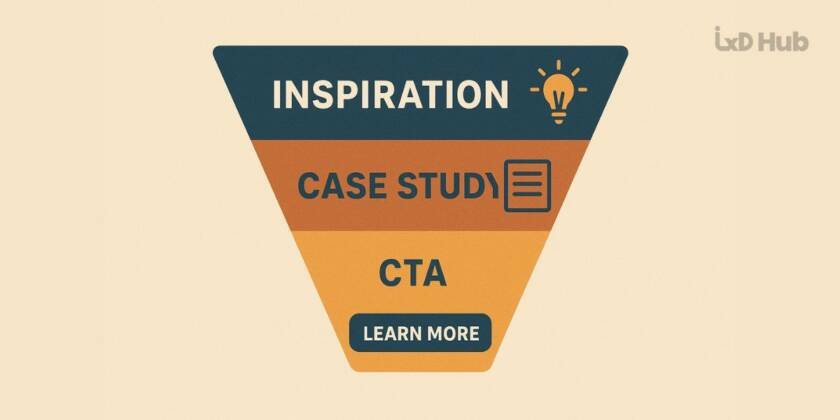
A strong website begins with the right story framework.
-
Shifting the Perspective: The focus should move from “what we do” to “who we impact.” For example, instead of saying “We provide clean water projects,” say: “Thanks to you, 100 children now have access to clean water.”
-
The Hero’s Journey Model: Make community members the heroes of the story. Your organization is the guide, providing the tools and support.
-
The Story Funnel: Use a funnel approach —
-
Top: broad, inspiring stories to spark curiosity.
-
Middle: specific testimonials and case studies to build trust.
-
Bottom: clear CTAs to join, donate, or volunteer.
-
-
Data + Emotion: Combine measurable data with human emotion. Numbers add credibility; personal stories add connection.
User-Centric Design: Emotion & Action
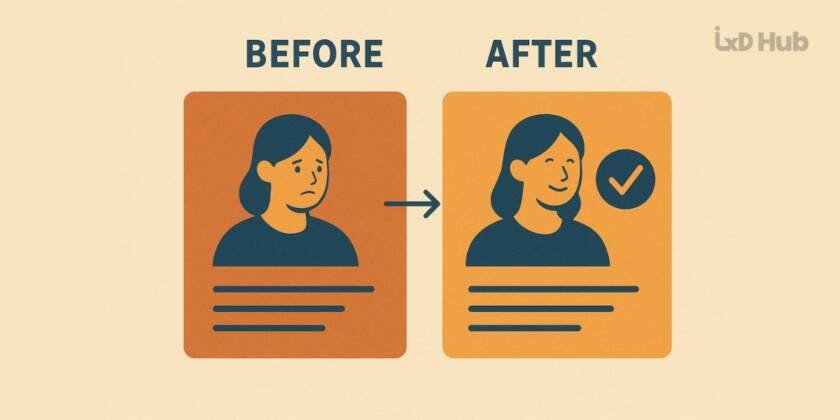
Design is not just about looks — it’s about creating an emotional journey.
-
Authentic Visuals: Real community photos over stock images. Show diversity and genuine transformation.
-
Storytelling Layouts: Use immersive formats like full-width visuals, pull quotes, and “before/after” storytelling.
-
Integrated CTAs: Place calls-to-action inside stories (e.g., after a testimonial, invite users to “Support a Story Like This”).
-
Engagement Features: Add fundraising progress bars, community milestone trackers, or badges to make people feel part of the impact journey.
-
Avoiding Clutter: Replace long, text-heavy “impact pages” with a clean, visual hierarchy. Highlight one featured story, then link to others via cards or tiles.
Technical Foundation: The Stage
A powerful story loses impact if the website doesn’t work seamlessly.
-
Performance Optimization: Fast loading times, image compression, CDN integration for global reach.
-
Mobile-First Design: With most users on mobile, ensure stories look beautiful on small screens.
-
Seamless Multimedia: Integrate videos, image galleries, and data visualizations without slowing down the site.
-
Unified CMS: Build the blog or story section into the main CMS for consistent design and easy updates.
Reaching the Audience: Amplification
Even the best stories won’t have impact if no one sees them.
-
SEO for Impact Stories: Optimize with keywords around your cause and community. Use strong headlines, descriptive alt-text, and metadata.
-
Cross-Platform Storytelling: Repurpose stories across social media — a website case study becomes an Instagram carousel, a TikTok reel, or a Twitter thread.
-
Audience Insights: Use analytics to see which stories resonate most. Tailor messaging for donors, volunteers, or community partners.
-
Content Calendar: Plan promotions through newsletters, blogs, and social campaigns. Don’t just publish — amplify.
How AI Can Help You Build Community-Focused Website by Storytelling
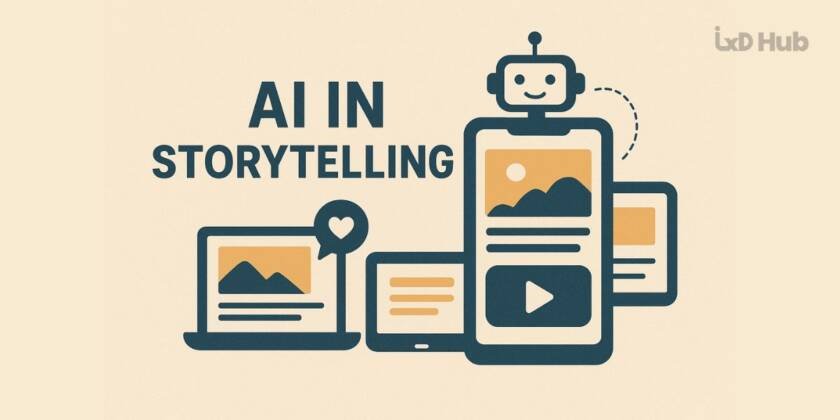
Artificial Intelligence is becoming a powerful ally in creating and amplifying community-focused websites.
-
Content Assistance: AI tools can help draft story frameworks, captions, or blog posts while keeping the brand voice intact.
-
Personalization: AI-powered websites can recommend relevant impact stories to users based on their interests.
-
Data Visualization: AI can turn raw impact data into interactive graphs, making stories more compelling.
-
Translation & Accessibility: AI helps break language barriers, making impact stories accessible to global audiences.
AI won’t replace the human heart behind impact stories — but it can amplify them to reach more people, faster.
Conclusion
Your community-focused website isn’t just about design or content — it’s about building trust, creating belonging, and turning stories into movements.
If you’re ready to transform your organization’s website into a storytelling platform that drives impact, reach out to us at IxD Hub or WhatsApp us
FAQs
Q1: Why is storytelling important for community-focused websites?
Because people connect with emotions, not statistics. Storytelling humanizes your impact and makes your cause relatable.
Q2: How do I balance data and personal stories?
Use both together. Data proves credibility; stories create emotional connection.
Q3: How often should impact stories be updated?
Regularly. At least once a month, with smaller updates for milestones or quick wins.
Q4: Can small organizations implement these strategies without big budgets?
Yes. Even simple updates like authentic visuals, streamlined CTAs, and better storytelling can transform your website.
Q5: How can AI help me if I don’t have a big team?
AI can assist with content drafting, personalization, analytics, and even automatic translation — saving time and expanding your reach.


